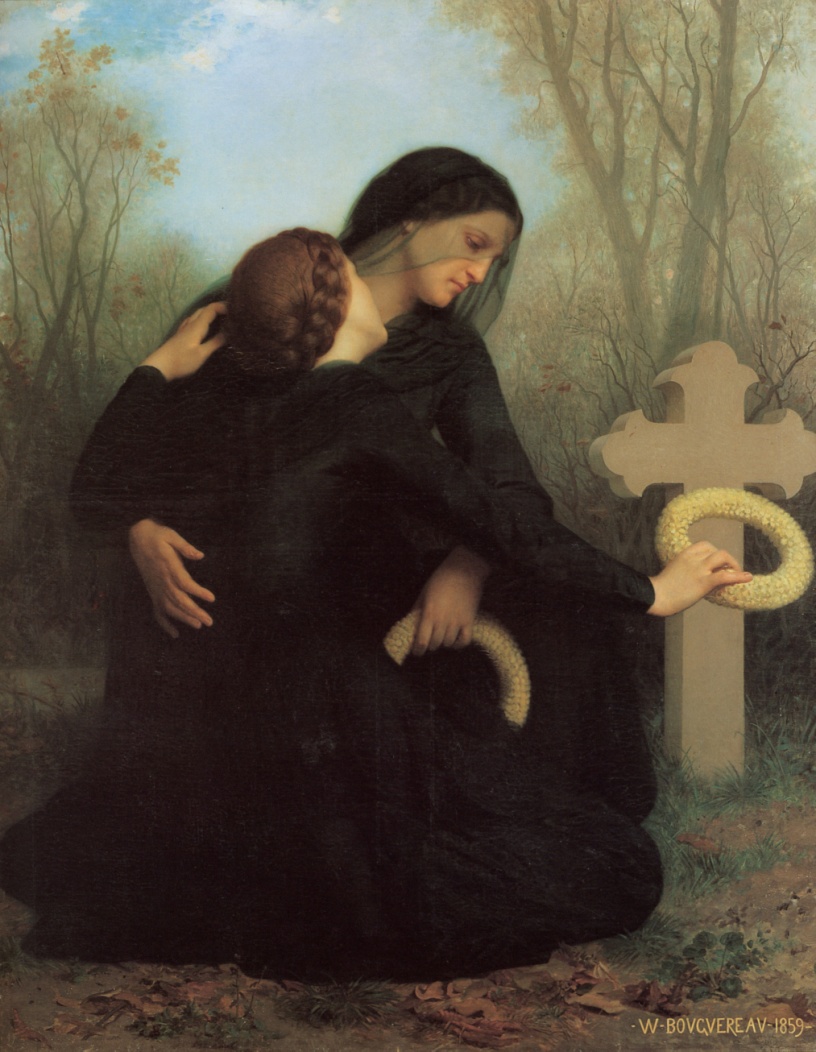 On this day we call to mind the souls of those who have died but do not yet stand in the presence of God in heaven – the souls in Purgatory. “All who die in God’s grace and friendship, but still imperfectly purified, are indeed assured of their eternal salvation; but after death they undergo purification, so as to achieve the holiness necessary to enter the joy of heaven.” (Catechism 1030).
On this day we call to mind the souls of those who have died but do not yet stand in the presence of God in heaven – the souls in Purgatory. “All who die in God’s grace and friendship, but still imperfectly purified, are indeed assured of their eternal salvation; but after death they undergo purification, so as to achieve the holiness necessary to enter the joy of heaven.” (Catechism 1030).
“From the beginning the Church has honoured the memory of the dead and offered prayers in suffrage for them, above all the Eucharistic sacrifice, so that, thus purified, they may attain the beatific vision of God.” (Catechism 1032).
The Church has no teaching what Purgatory is like – only that it exists and that the souls there can be aided by our prayers (neither does it say who is there). Throughout the month of November and on this day in particular we are asked to remember the faithful departed and to pray for them which is why you will often see in the weekly bulletin a Mass offered for the ‘Holy Souls’ or for an individual deceased person by name – not just in November but throughout the year. The choice of the date seems to be as the result of a decree by St. Odilo (c. 962-1049), an abbot of Cluny, who instructed that it should be observed as a day of prayer for deceased monks throughout the Cluniac houses.
The Commemoration of All Souls is one of the days on which a priest may celebrate three Requiem Masses, providing that they are at different times and for the following:
1. For a specific intention.
2. For all the faithful departed.
3. For the Holy Father’s intentions.
The practice seems to have originated among the Dominicans in Spain and have spread throughout the world as a result of the First World War.